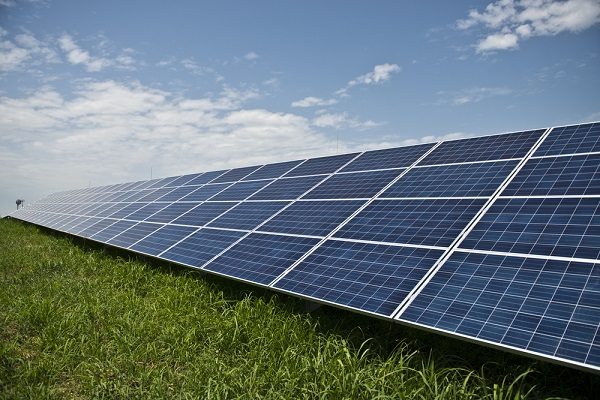Implementation of utility-scale and residential solar energy has increased across the U.S. in the past few years, but some are worried falling oil prices will change that.
As Brent and West Texas Intermediate crude oil prices continue to stay low, utilities that currently use crude oil-fueled energy generation methods are benefiting. If this resource is cheaper to obtain in order to supply electricity to customers, utilities may not be as interested in implementing renewable energy sources.
Additionally, with cheap oil many worry the value of solar stocks will fall, hurting the solar energy industry and possibly affecting renewable energy policies.
Despite these fears, it appears lower oil prices will ultimately not slow down solar’s expansion.
Oil and Solar Less Related Than You Think
Nat Kreamer, CEO of Clean Power Finance, wrote for the Solar Energy Industries Association regarding the fear that falling oil prices will make solar less economically competitive. He pointed out that a vast majority of electricity generated in the U.S. is done so without the use of oil, which means falling oil prices don’t affect a large amount of utilities’ energy generation operations. Additionally, generating electricity from solar is still cheaper than generating it from oil at its current price per barrel.
In terms of stocks, average retail prices for electricity in the U.S. and oil prices since 2007 had a correlation of 0.24, and the correlation between the growth of solar and oil prices since the same year was -0.26, according to Kreamer. These figures show movement between these types of stocks is not related.
Renewable Energy Standards Still Exist
Even if utilities do benefit from falling oil prices, they are still subject to state and federal renewable energy guidelines, Steven Chu, Nobel Prize winner, professor at Stanford University and former U.S. Department of Energy secretary, told Scientific American.
Numerous states have implemented renewable energy goals, like California’s 33 percent by 2020 target, and these won’t be affected by fluctuating crude oil prices.
Additionally, costs of implementing and using renewable energies like solar and wind continue to decline making them even more competitive with natural gas and coal energy generation methods.
Solar Now and in the Coming Years
According to the SEIA and GreenTech Media Research’s latest U.S. solar market insight report, the U.S. installed 6,201 megawatts of solar PV last year, 30 percent more than in 2013. The nation also installed 767 MW of concentrating solar power last year.
Solar installations were 32 percent of all new generating capacity added in the country in 2014. Only natural gas saw a larger market share.
Despite the many worries associated with falling oil prices, solar energy appears to be safe. GTM Research anticipates the U.S. solar PV market will expand 31 percent this year, and utility solar generation makes up 50 percent of that growth.
“Solar PV was a $13.4 billion market in the U.S. in 2014, up from just $3 billion in 2009,” said Shayle Kann, senior vice president at GTM Research. “And this growth should continue throughout 2015 thanks to falling solar costs, business model innovation, an attractive political and regulatory environment and increased availability of low-cost capital.”
